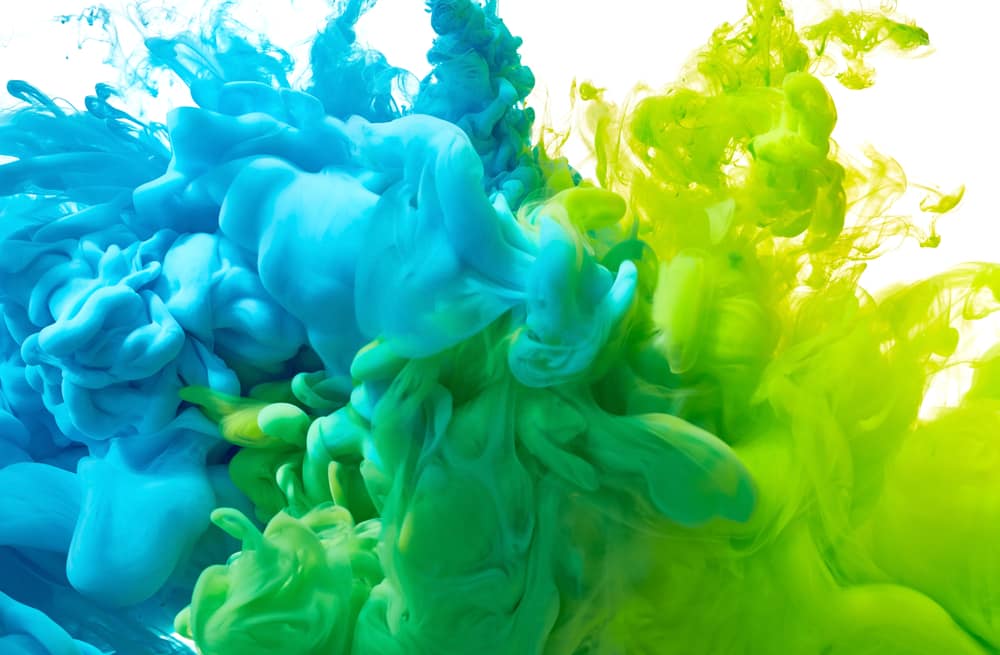Contents:
- Medical Video: The Color of Pee and What it Means
- What color is your urine?
- Dark yellow
- Red
- Brown or black
- Orange
- Milky white
- Blue
- Green
- Purple
Medical Video: The Color of Pee and What it Means
The normal color of urine should be light yellow. This color is obtained from the womb urochrome (urobilin), a substance produced when hemoglobin is broken down in the body into bilirubin. Sometimes, the color of urine can change according to the condition of the body at that time. So, which color of urine is still reasonable and which one needs to be examined by a doctor immediately? Check below
What color is your urine?
It should be understood that the discoloration of urine other than light yellow is not always a sign of danger. Apart from a certain condition or disease, changes in the color of urine can also be affected by what you eat or drink during the day. Therefore, also pay attention to other symptoms that follow the discoloration of your urine - especially if accompanied by a burning / painful feeling such as burning or pain during urination.
Here's the explanation behind the colorful urine you might have.
Dark yellow
The color of old yellow urine can mean you are dehydrated. The reason is that this too thick color is obtained from too many urochrome residues that dissolve into the urine even after being filtered by the kidneys.
Red
According to a 2012 article published in the Southern Medical Journal, red urine (ranging from pink to dark red) can be interpreted that you havehematuria, a disease characterized by the presence of blood dissolved in urine.
Many factors affect your urinary system, causing urine to turn red. Some of these factors include kidney stones, bladder infections, or cancer. Especially in men, the color of red urine can mean symptoms of prostate cancer and enlargement of the prostate gland. In addition, strenuous exercise can also make blood enter urine.
The color of red urine may also be obtained from the content of myoglobin which is an oxygen binding protein in muscle cells found in red blood cells and similar to hemoglobin. There are also other conditions called beeturia. With beeturia, the color of your urine turns red due to eating lots of beets.
Brown or black
Your urine color can turn brown. Bilirubin, which we know as a result of hemoglobin sometimes accumulates a lot in the blood due to liver disease such as hepatitis and cirrhosis, or it can also be due to a tumor or blockage. Then there are foods that can change the color of urine to chocolate, namely fava beans and rhubarb.
Orange
Some medications can make your urine become orange, such as isoniazid, which is the main drug in tuberculosis patients. Apart from isoniazid, there are also rifampin, riboflavin, vitamin B, and other drugs that affect the color of your urine. Consumption of carrots in large quantities can also change the color of your urine orange.
Milky white
When an infection attacks the body, sometimes your urinary system reacts to fight it by releasing so many white blood cells that it changes the color of urine to be as white as milk.
Other causes of urine becoming like milk are gout due to foods that are rich in purine, such as anchovy, herring, red meat, and red meat. This color change can also occur from crystallization of phosphate due to excessive parathyroid hormone.
Blue
If you have previously undergone a certain lab test, for whatever reason, Methylene blue (substances commonly used for laboratory tests) that are used during the procedure can change the color of your urine to blue.
Methylene blue has anti-microbial properties, which are sometimes found in medicine and herbal medicines. In some conditions such as blue diaper syndrome and Hartnup disease can also cause your urine to turn blue.
Green
If you recently ate something blue, food coloring pigments can mix with natural yellow urine to produce a green color. But there are also some cases that cause the color of your urine to become green like propofol (drug anesthesia), cimetidine gastric acid, and tricyclic antidepressant drugs. Green urine color can also be a sign of urinary system infection or bacterial infection in the blood.
Green foods like asparagus can also sometimes make your urine color green.
Purple
The color of urine can turn purple (including maroon to dark blue, or even combinations that produce bright purple) if you experience purple urine bag syndrome. This happens to people who have catheters installed to urinate. The presence of a bacterial infection in a catheter or bladder, or both, produces a substance called indirubunwhich causes this unique color change.
To determine what is the reason for your urine changes, consult your doctor for a urine test.












